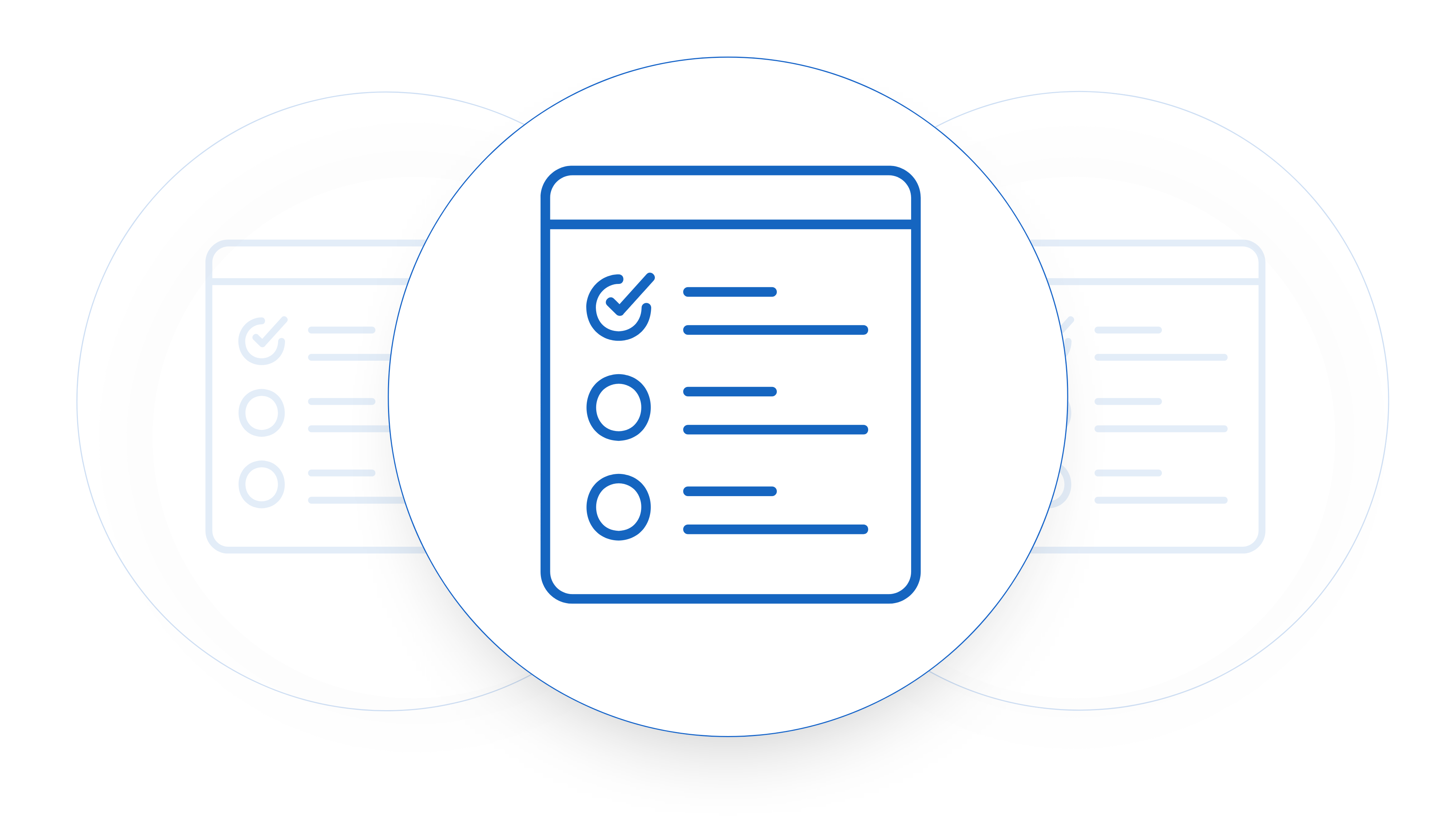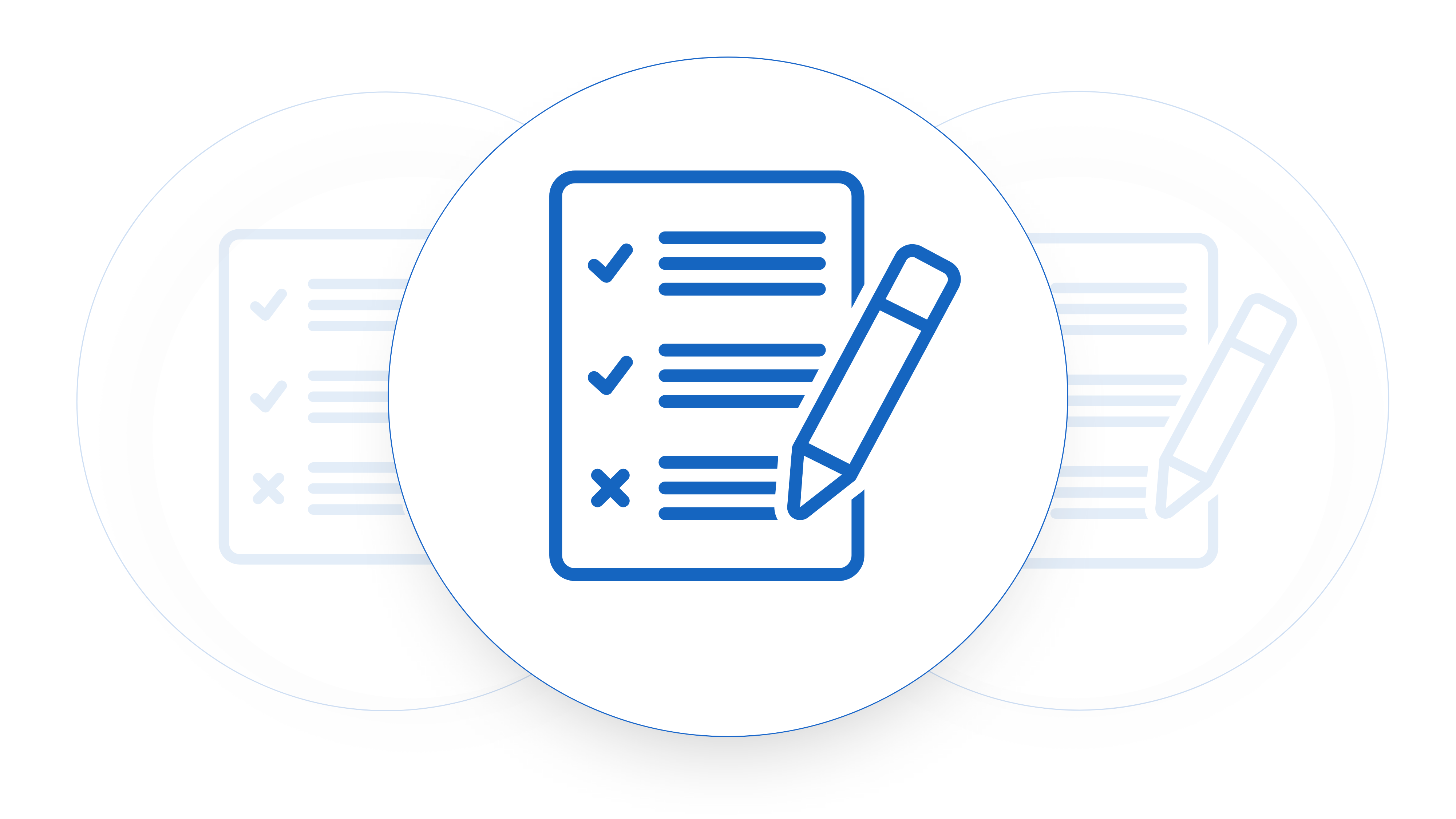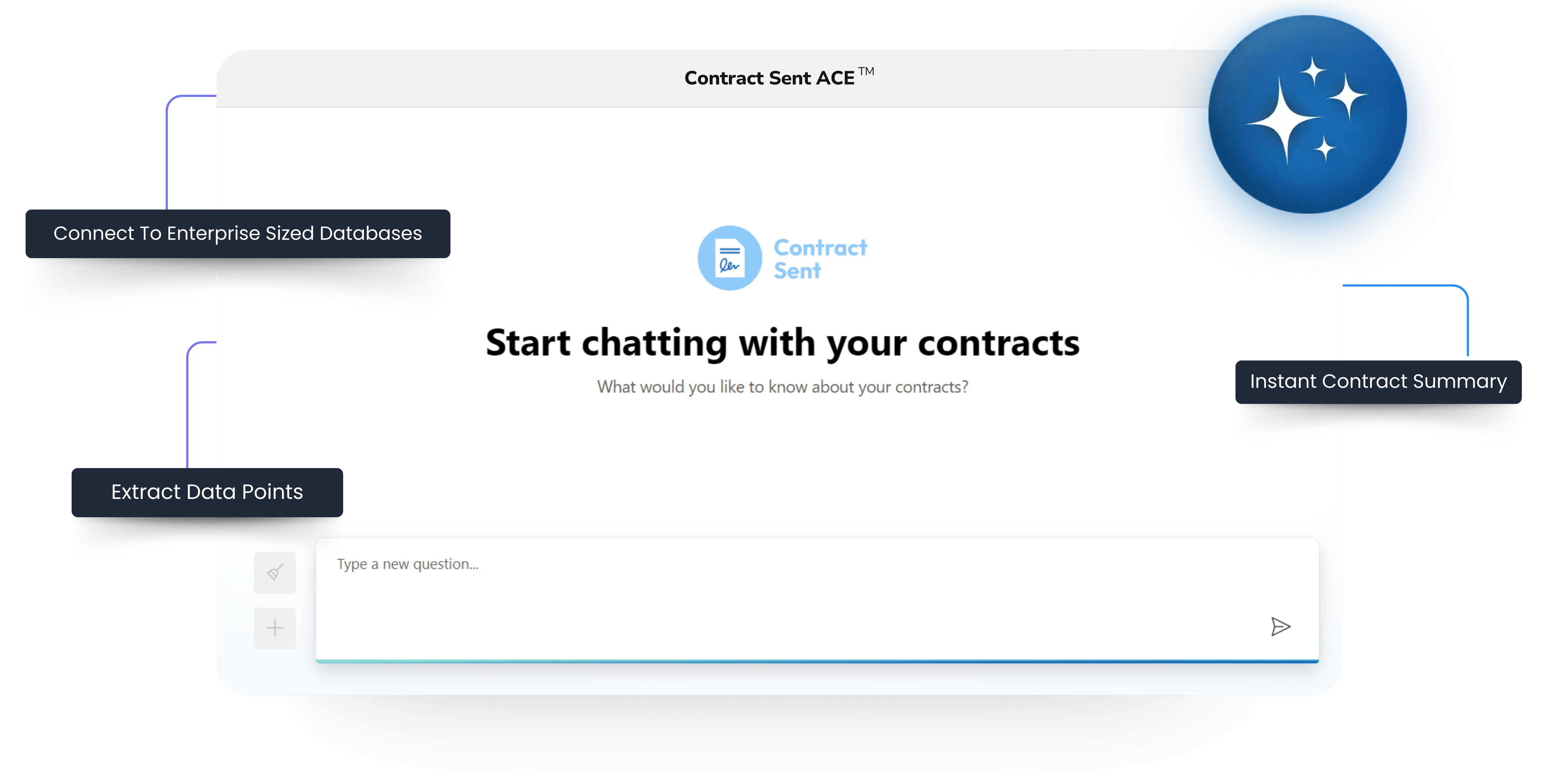Crafting a Purchase Agreement: A Guide for Small Businesses
For small business owners, understanding how to draft a purchase agreement is crucial. Whether you’re buying or selling goods or services, a well-drafted purchase agreement ensures that both parties are clear on the terms and conditions of the transaction. This guide will walk you through the essentials of creating a purchase agreement that protects your interests and fosters smooth business operations.
What is a Purchase Agreement?
A purchase agreement is a legally binding contract that outlines the terms and conditions of a sale between a buyer and a seller. It details what is being sold, the price, the payment terms, and other critical aspects of the transaction. This document is essential for preventing misunderstandings and disputes, providing a clear framework for the sale.

Looking for a purchase agreement template?
Key Elements of a Purchase Agreement
- Parties Involved: Clearly identify the buyer and the seller. Include full legal names and contact information to avoid any ambiguity.
- Description of Goods or Services: Provide a detailed description of the items or services being sold. This should include quantities, specifications, and any relevant details that define the scope of the sale.
- Purchase Price: State the total price of the goods or services. If there are any discounts, taxes, or additional charges, these should be itemized and clearly explained.
- Payment Terms: Outline how and when the payment will be made. This could include payment methods (e.g., bank transfer, credit card), payment schedule (e.g., upfront, installments), and any penalties for late payments.
- Delivery Terms: Specify how and when the goods or services will be delivered. Include details on shipping methods, delivery dates, and who is responsible for shipping costs.
- Warranties and Guarantees: If applicable, include any warranties or guarantees provided by the seller. This section should detail what is covered, the duration of the warranty, and the process for making a claim.
- Inspection and Acceptance: Outline the process for inspecting the goods or services upon delivery and the criteria for acceptance. This helps ensure that the buyer has the opportunity to verify that everything meets the agreed-upon standards.
- Risk of Loss: Define when the risk of loss transfers from the seller to the buyer. This is particularly important for physical goods that need to be shipped.
- Termination Clause: Include conditions under which the agreement can be terminated by either party. This should cover scenarios such as breach of contract, failure to deliver, or non-payment.
- Dispute Resolution: Specify how disputes will be resolved. This could include mediation, arbitration, or litigation. Clearly state the jurisdiction and governing law for the agreement.
Steps to Drafting a Purchase Agreement
- Gather Information: Start by collecting all necessary information about the transaction. This includes details about the parties, the goods or services, pricing, and any specific terms that need to be included.
- Use a Contract Template: While crafting a purchase agreement from scratch can be done, using a template can save time and ensure that you don’t miss any critical components. Many online resources offer customizable templates tailored for various types of transactions.
- Customize the Agreement: Modify the template to fit the specifics of your transaction. Ensure that all details are accurate and that the language is clear and unambiguous.
- Review and Revise: Carefully review the draft agreement to ensure that it covers all necessary aspects of the transaction. It may be helpful to have a legal professional review the document to ensure that it complies with relevant laws and regulations.
- Sign and Execute: Once both parties are satisfied with the agreement, it should be signed and dated by both the buyer and the seller. Ensure that each party retains a copy of the signed agreement for their records.
Tips for Small Businesses
- Be Clear and Specific: Ambiguity can lead to disputes. Make sure that every term and condition is clearly defined.
- Keep It Simple: While it’s important to be thorough, avoid overly complex language that could confuse the parties involved.
- Consult a Professional: If you’re unsure about any aspect of the agreement, seek advice from a legal professional. This can help prevent costly mistakes down the line.
- Regularly Update Your Purchase Agreement Templates: As your business evolves, your purchase agreements may need to be updated to reflect new products, services, or business practices.
Drafting a purchase agreement may seem daunting, but with careful attention to detail and a clear understanding of the essential components, you can create a document that protects your business interests and facilitates smooth transactions. By following the steps outlined in this guide, small business owners can confidently draft purchase agreements that are fair, clear, and legally sound.












